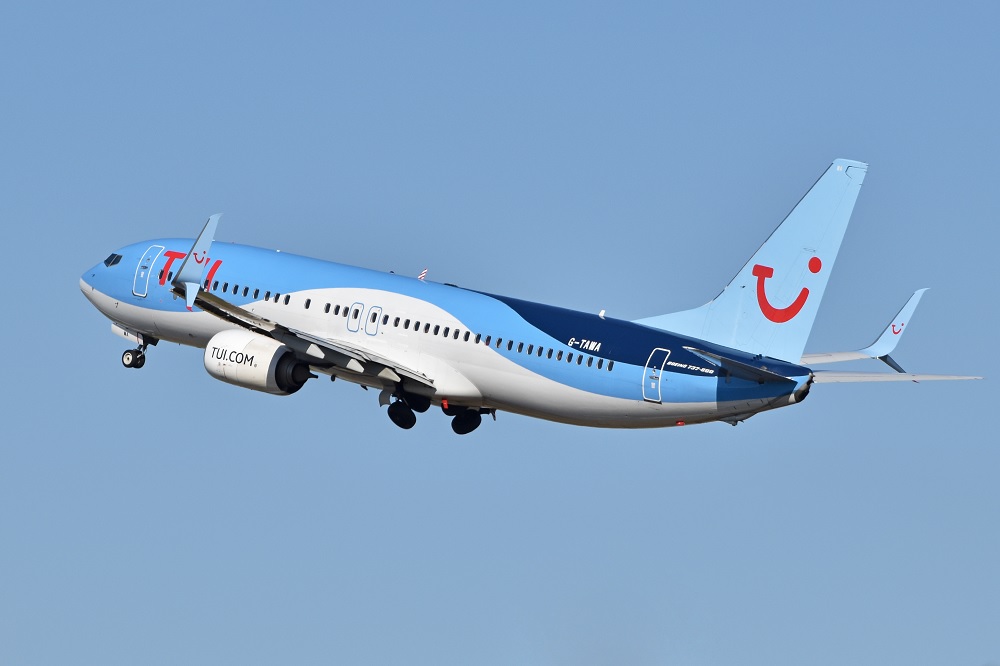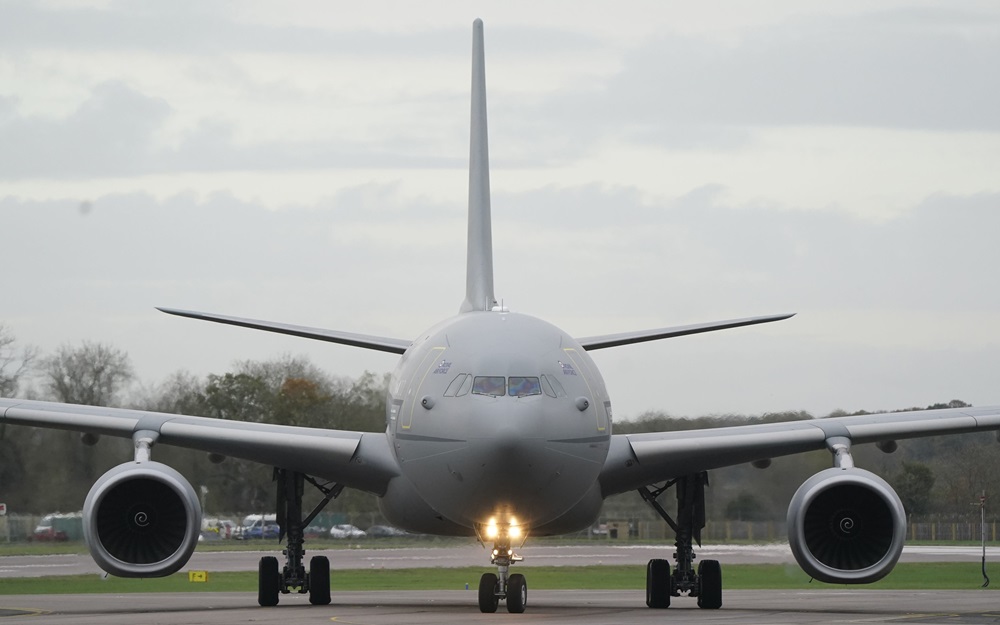Jet zero? Why net zero in aviation can’t get off the ground

Mark Toon Senior Lecturer in Marketing and Strategy, Cardiff University
The airline industry is on course to miss its 2050 net zero target for aviation. Passenger numbers continue to soar, while alternatives to fossil fuels remain underdeveloped.
Missing this target matters because aviation contributes significantly to climate change. UK aviation emits about 5% of global aviation emissions.
In response, the UK and Australia established “jet zero” councils in 2020 and 2023 respectively. They comprise of industry, academic and government figures, to spearhead the necessary changes.
Last week, the UK government announced it was revamping its jet zero council. It promised that the new jet zero taskforce “will serve as the driving force to make flying a cleaner, greener experience”.
Incremental innovation
But the configuration of these organisations is suited to incremental innovation, not the radical innovation needed to address rapidly increasing carbon emissions in the aviation industry. This business as usual approach is destined to miss the abatement targets.
Air passenger numbers are projected to increase from around 4 billion to over 10 billion by 2050. This growth could double carbon emissions over the same period.
Addressing aviation’s climate effects requires a herculean effort across five main areas: reducing passenger numbers, improving aircraft efficiency, adopting sustainable aviation fuels, developing hydrogen or battery-powered planes, and capturing carbon from the atmosphere.
Not all of these levers are equally attractive to the industry. For example, reducing passenger numbers is unpopular as it cuts into revenue, while developing hydrogen planes is expensive and technologically challenging. Sustainable aviation fuels, however, are a favoured solution because they can be used in existing aircraft without requiring engine modifications.
Sustainable aviation fuels
But not all sustainable aviation fuels are created equal. Some produce significantly more CO2 emissions than others.
Governments are well placed to support carbon-cutting efforts. Around 150 countries have adopted net zero pledges, yet many leave it to individual sectors to drive change.
Jet zero organisations aim to bridge this gap. While some progress – like efficiency improvements – can be industry-led, more ambitious changes, such as hydrogen-fuelled planes, demand radical innovation.
This involves replacing current fleets with new models that have yet to be developed and overhauling existing business models. Such innovation requires significant investment and disrupts established practices, making it a bitter pill for the industry to swallow. Jet zero organisations have the potential to manage and compel this change, but success hinges on their membership and how they collaborate.
The limits of jet zero
An analysis of who makes up jet zero councils or taskforces reveals critical shortcomings. Membership is heavily weighted towards people from the airline industry – 61% for the recent UK jet zero council and 67% for the Australian council.
The new UK taskforce barely moves the dial on broader membership or collaboration. The airline industry is now represented by 59% of overall membership. Around 80% of the former industry representatives remain on the new taskforce. While the addition of a climate representative is a good step forward, specific goals in respect of zero emissions have been dropped. So, despite the capacity for change, motivations may be limited.
Airlines must balance net zero commitments with obligations to shareholders, lenders and customers, who often favour the status quo. Supporting net zero in principle doesn’t always translate into meaningful action.
Continuing with existing practices could still bring benefits. Improved fossil-fuel aircraft designs may reduce emissions by up to 40% by 2050. Some estimates suggest the gains may be closer to 15% to 20%, though. But incremental improvements alone won’t achieve net zero.

The other major flaw is the under representation of other types of experts. Engineers make up 24% of the new UK taskforce and 33% of the Australian council. But climate scientists, particularly those outside aviation, are conspicuously absent with just one appearing in the UK’s taskforce. Given the uncertainties around the effectiveness of different strategies, input from independent climate experts is essential to guide decisions and assess carbon abatement measures.
Collaboration is also critical. The UK’s former jet zero council introduced measures to promote knowledge sharing. In fact, four of its 36 members were specifically tasked with this. In the new taskforce, that number drops from four to three. And the objective to “challenge existing approaches by involving disruptors and innovators in the dialogue” has been removed. The Australian council, meanwhile, lacks knowledge-sharing initiatives.
Both councils risk failing to meet their objectives, which are zero-emissions flights for the UK and net zero emissions for Australia.
Transformation
Achieving the necessary transformation requires broader membership and deeper engagement with climate science. A clearer understanding of the carbon effects of different measures are needed on an ongoing basis.
Governments must craft smart legislation that balances environmental goals with the economic reality. While the costs to the industry are substantial, they can be managed intelligently over the next 25 years. Applying environmental rules fairly across countries is also one of the keys to keeping markets balanced.
The journey to net zero aviation is undeniably daunting. Even with political will and collaborative efforts, airlines face enormous costs and a departure from established practices. But early adopters of different types of zero-emissions technology could gain a competitive edge, winning market share and improving their reputations.
Offering guilt-free, zero-emissions flights would be transformative. Whatever the market dynamics, the urgency of the climate crisis is clear. Jet zero organisations hold the key to unlocking the type of change needed to make aviation sustainable – but only if they rise to the challenge.
This article was first published on The Conversation
![]()
Support our Nation today
For the price of a cup of coffee a month you can help us create an independent, not-for-profit, national news service for the people of Wales, by the people of Wales.





Hmmm…
Batteries prohibitively heavy, H2 containment also prohibitively heavy, this isn’t something that can be solved with a bit of enthusiasm…
For most flights high speed rail would be a far better alternative, in many short to medium haul distances it is actually faster when travel to & from airports and check in & check out is factored in…
Or of course we could just pretend we want to solve the problem, or buy some really long extension cables…